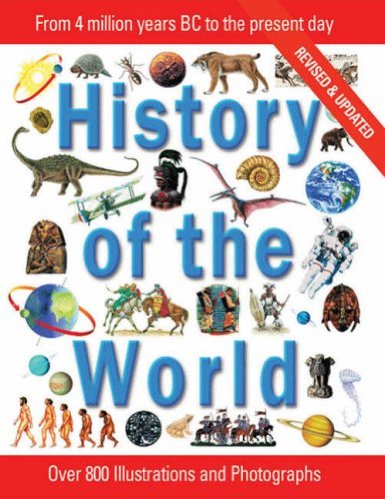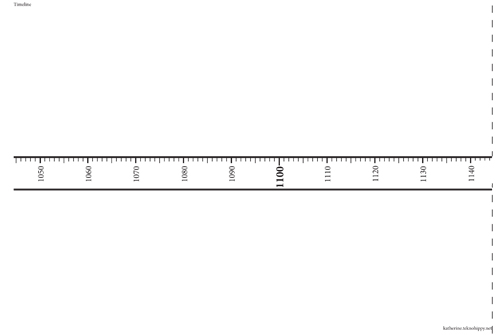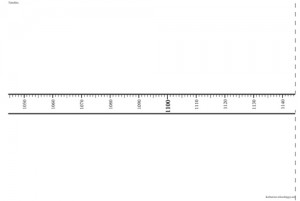I am increasingly finding that our history journey is taking us places that I have never been before.
So here are some thoughts on how our approach to history is working out this year.
Our history group structure and my eldest’s interests are combining to challenge me. It is an interesting journey.
I want to provide my daughter (now 10) with accessible, interesting information to fuel her love of history – but we are definitely stepping outside my own knowledge, and the realm of easily available resources. So thought it would be interesting to chart a bit about how my preparation for history is meeting the challenge.
As a bit of background we are basically autonomous home educators. Two of us have an interest in history and we run a small history group.
2014 so far:
January – Europe
We were looking at a topic for Europe between 1450-1750ish and my daughter decides on Germany. Germany! What do I know about Germany? Turns out that between Roman period and World Wars – not a lot. Though that has now been rectified to some extent, with a concise history of Germany from the library, a copy of a friend’s Readers Digest Illustrated History of the World Discovery and Religious Crisis 1492 to 1648 and some Internet searching. We didn’t , unsurprisingly find any children’s books on this time and place, though our World History reference, History of the World came up trumps.
I cobble together a timeline of Germany history between 1450 and 1750. Makes me very aware of how little European history we study in England since we had never heard of one of the worst wars on European soil – the Thirty Years War.
Unfortunately it doesn’t grab either of us – except that it starts with some guys being thrown out of a window.
So now if feels like I have some idea of how to approach the research for a topic, but have yet to find a really good way of presenting information in a way that appeals to my daughter.
February – Islamic Empires
This choice is fairly easy – my daughter has been interested in Byzantine Empire, and Constantinople in turn, and something about the Ottomans has caught her attention.
Now as with Germany there doesn’t seem to be much in the way of readily available resources suitable for a 10 year old. So this month I’m planning to have a go at producing our own.
But there does appear to be lots more potentially appealing information, that I can use to create something.
E has an interest in the stories of people, the more powerful and female the better. And we find a couple of Ottoman Empire historical fiction gems.
I start with general searches –  and with much history I find wikipedia to be a great starting place – the images are Creative Commons so can be used without worrying about copyright if and when I get around to sharing them online. And for rulers there is a nice box out with many of the details needed to make sense of their lives in the context of a dynasty – parents, spouses, and children. E.g. http://en.wikipedia.org/wiki/Suleiman_the_Magnificent
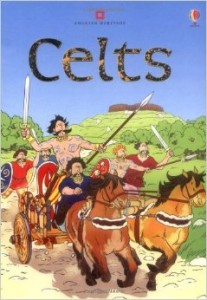

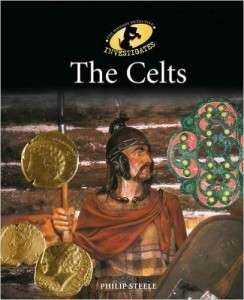
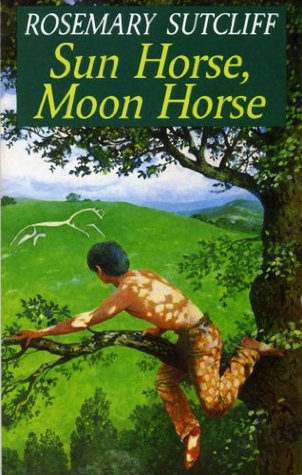

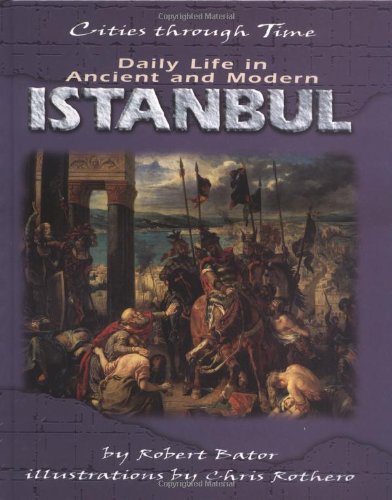

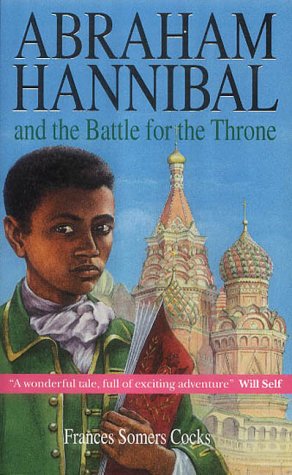


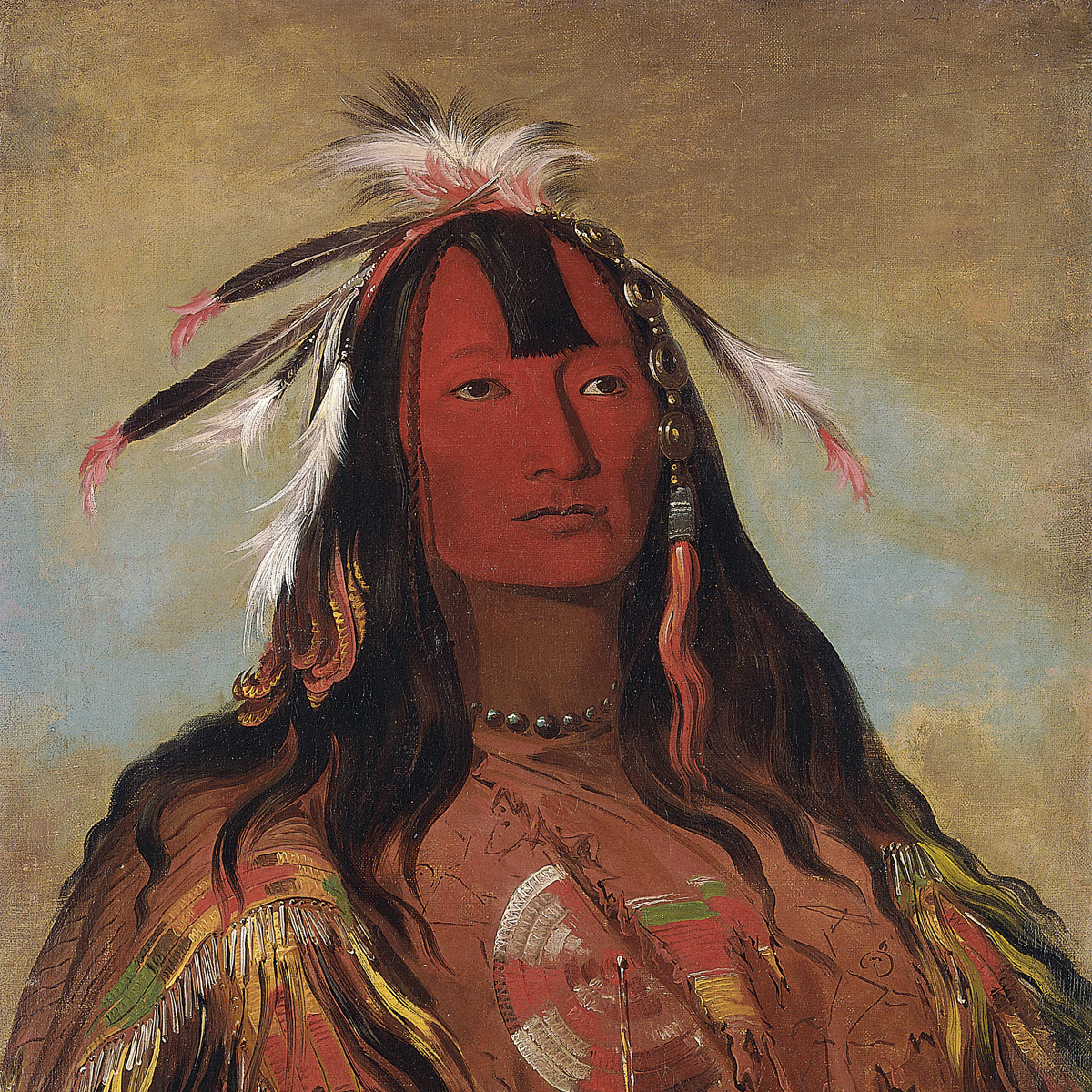
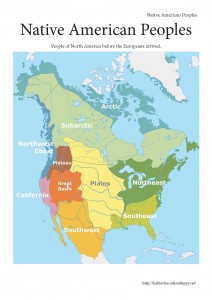 1. Print out the introduction and the ten regional pdf files, each of which has four pages – an answer sheet, an information sheet, a board and a set of pictures to cut out.
1. Print out the introduction and the ten regional pdf files, each of which has four pages – an answer sheet, an information sheet, a board and a set of pictures to cut out.